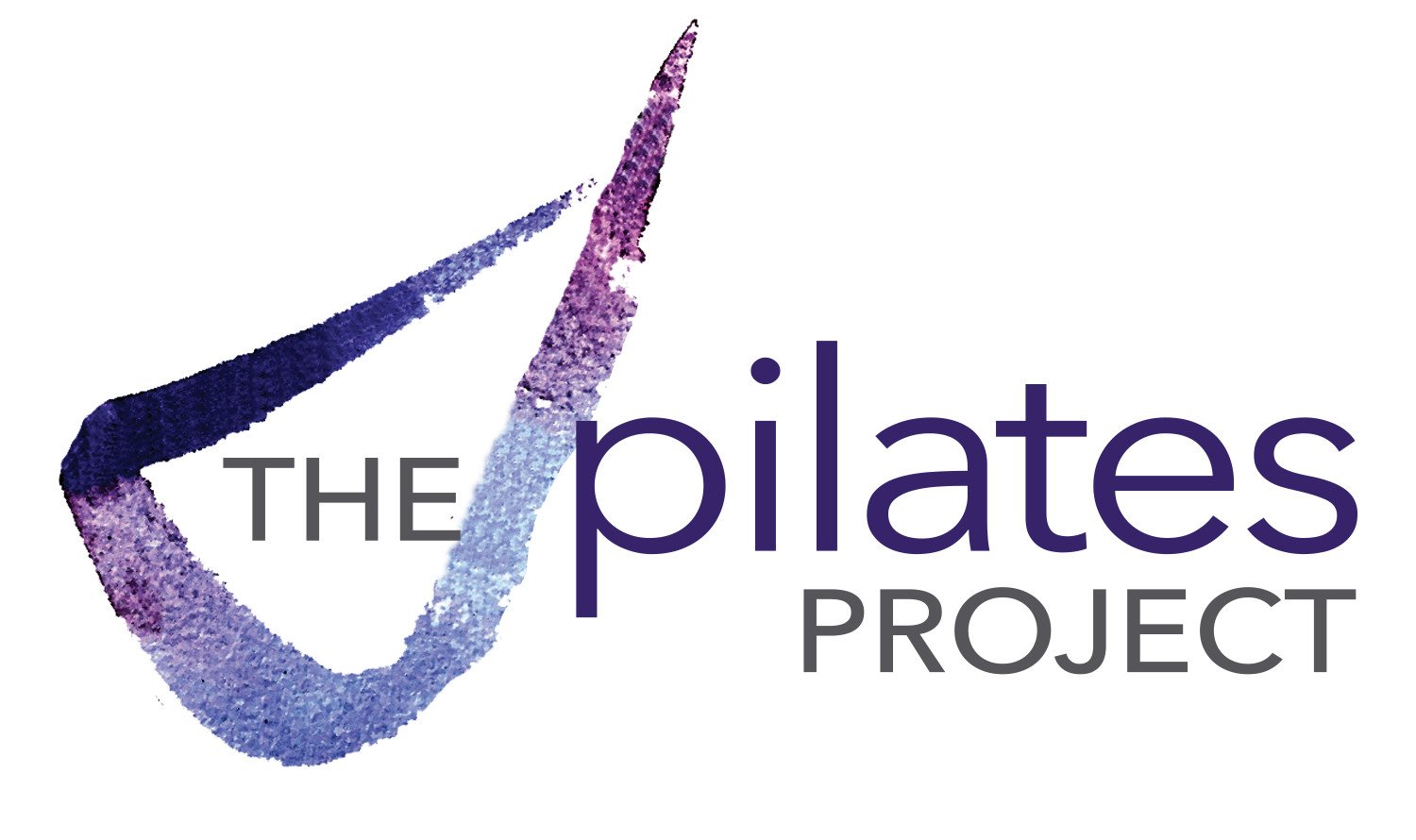Bring Your Brain To The Game
Bring Your Brain To The Game: Pilates, The Sudoku of Exercise
Pilates, The Sudoku of Exercise
If you’re like many busy people, maybe a few times a week you grab a few weights, throw on some headphones, trudge over to the treadmill and train your brain to ignore the pain. But what if you could actually bring your brain to the exercise game, engage those neurons, and make a host of healthy connections working both the mind and body.That’s where the Pilates method comes in.Invented by Joseph Pilates, a German physical trainer who uniquely recognized that modern society was in poor health, suffering with bad posture and inefficient breathing. Joseph, who had asthma himself, devised a series of exercises and training techniques and engineered all the equipment, specifications, and tuning required to teach his methods properly.Originally called Contrology, Pilates relates to the use of the mind to control muscles, focusing attention on core abdominal muscles that help keep the body balanced and providing support for the spine. The exercises teach awareness of breath and of alignment of the spine, strengthening the torso and abdominal muscles. The regimen builds flexibility, strength and stamina.
“A few well-designed movements, properly performed in a balanced sequence are worth hours of doing sloppy calisthenics or forced contortion.”
- Joseph Pilates
Sandi Vilacoba, Senior Instructor and Owner of the Pilates Project, is trained in Joseph’s classical method, and shares her insights about making the mind/ body connection.
Why is it important to make a mind/body connection in Pilates (or in any exercise)?
Exercise has become a chore for many people. If you go to the gym, you see people watching tv, reading books and doing things to distract themselves to make the time go faster. In a true Pilates workout your mind works as hard as your body and you have to bring your brain to the game.If you are aligned properly and put your brain to the muscles and how they are moving, the exercises are more intense and efficient. You can actually get more done in less time. Your chance for injury is less. I think this goes for any exercise — alignment and mind/ body connection are super important.
What are a few tricks to make the mind/body connection while working out?
No matter what kind of workout you are doing — whether it’s Pilates, running, or weight training — give yourself a theme or a goal for your workout to keep your brain engaged.Maybe one day you focus on pulling in your abdominals and lengthening your spine on every exercise; maybe another day you work on breathing or focusing on stamina, working a little longer or doing a couple extra reps; or you could try adding resistance, focusing on working as many muscles as you can at once or on precision.Pilates is for everyone. Even the most athletic person may be drawn to the work it takes to slow down and think about how you’re moving and using your body. It’s for people who crave the brain, body connection.After only a few classes, Pilates will become that voice inside your head while you drive, sit, or walk down the street, reminding you to pull in those abdominals, roll your shoulders back, and lengthen your body. People will take notice. And your brain and body will thank you for it.Interested in seeing what Pilates can do for you and your brain? Contact us at Pilates Project to schedule your first class.

